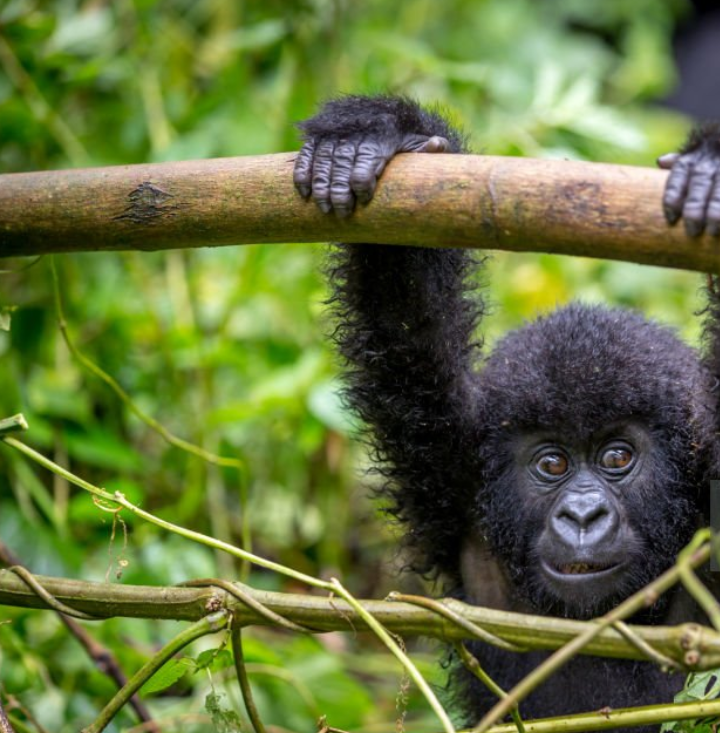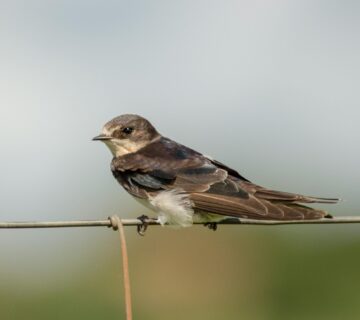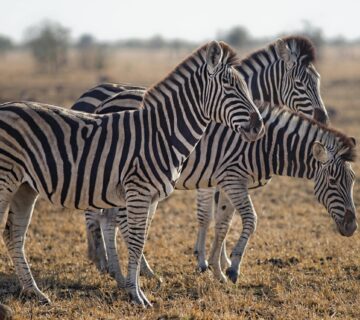What Are the Rainiest Months for Gorilla Trekking?
Gorilla trekking is an unforgettable adventure, one that takes you deep into the heart of the misty rainforests of Uganda and Rwanda, where you come face-to-face with the endangered mountain gorillas. These majestic creatures, with their expressive eyes and powerful presence, live in the wild, thriving in the dense jungles and rugged hills of East Africa. While it’s an experience that many dream of, planning your trek requires understanding the best times to visit, particularly when considering the weather conditions. So, what are the rainiest months for gorilla trekking, and how can you plan your trip around them?
Understanding the Climate in Gorilla Trekking Regions
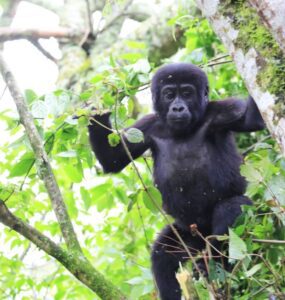
Before we delve into the specifics of the rainiest months, it’s important to understand the climate in the regions where gorilla trekking occurs. Both Uganda and Rwanda are known for their tropical climates, which means they experience rainfall throughout the year. However, this rain is not necessarily a deterrent. The rainforests are lush and green, and the cool, misty weather provides an incredible atmosphere for trekking and wildlife viewing.
The rain typically falls in two main seasons: the long rains and the short rains. The long rainy season tends to be more intense and lasts longer, while the short rains are lighter but can still affect your trek.
The Rainiest Months for Gorilla Trekking
Gorilla trekking can be done year-round, but understanding the rainiest months is essential for your planning. The rainiest months for gorilla trekking generally fall between March to May and October to November. During these months, the rains can be heavy and frequent, making the trekking conditions more challenging. Let’s take a closer look at what each season brings.
Long Rains: March to May
The long rainy season is typically from March to May, with April being the wettest month. This period experiences more consistent and heavier rainfall, especially in Uganda and Rwanda’s mountainous regions where the gorillas reside. Although the rain can be heavy and the paths slippery, trekking during the rainy season comes with its own set of advantages. The forest is incredibly lush, and the dense greenery makes for a stunning, immersive experience. The gorillas, too, seem to enjoy this time, as the environment is cooler, and the forest is rich with food sources.
If you don’t mind a bit of rain and don’t mind the potential mud, this is a good time to visit if you want to avoid the crowds. Fewer tourists venture out during this period, meaning you’ll have a more intimate and peaceful experience with the gorillas. You may also find that prices for accommodation and permits are slightly lower during this period.
Short Rains: October to November
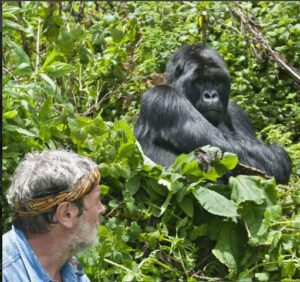
The second rainy season occurs from October to November, and while it’s not as intense as the long rains, it still brings showers and unpredictable weather. The short rains are usually sporadic but can be heavy at times, especially in the afternoon. The rains can make trekking conditions slippery, and the paths through the forests can become muddy, requiring more careful navigation.
Despite the rain, trekking during the short rains can also have its perks. The rain nourishes the landscape, keeping the forests lush and vibrant, which offers great photographic opportunities. And just like in the long rainy season, you’ll encounter fewer tourists. The slightly cooler temperatures can make the trek more comfortable, as long as you are prepared for the rain.
Preparing for Rainy Season Trekking
No matter when you decide to go, preparing for the rainy season is crucial. While trekking in the rain might sound daunting, it can be part of the magic. You just need to be well-prepared. Here’s how you can make the most out of your rainy season gorilla trek:
1. Pack for the Rain
The most important preparation for trekking in the rain is to pack appropriately. The rainforests are lush, and the trails can be muddy, so you’ll need to have the right gear. A few essentials include:
Waterproof jacket and pants: A lightweight, breathable rain jacket and pants will keep you dry and comfortable while trekking.
Sturdy, waterproof boots: You’ll be trekking through slippery, muddy paths, so a good pair of waterproof boots is essential for stability.
Layered clothing: The mornings and evenings can be chilly, so layering your clothing will help you stay warm and comfortable.
Waterproof bags: A dry bag or waterproof backpack is essential to protect your camera, documents, and any other items from the rain.
Gloves: Thin gloves can help protect your hands from the cold, especially when you’re grabbing hold of tree branches or vegetation during your hike.
2. Hire an Experienced Guide
Gorilla trekking is not something you should attempt alone. An experienced guide will know the best routes to take and how to navigate the slippery, muddy trails. They will also be able to ensure your safety in the unpredictable weather conditions. During the rainy season, guides are invaluable because they’re familiar with the terrain and will take extra precautions to make sure the trek is as safe and comfortable as possible.
3. Stay Hydrated and Energized
Even though it may be raining, the trek can still be physically demanding. The muddy terrain and humidity can take a toll on your body, so make sure you stay hydrated and carry enough snacks to keep your energy levels up.
4. Be Ready for the Unexpected
The weather in the rainforest can change quickly, so it’s important to keep an open mind. One moment it might be clear, and the next moment, the skies could open up. Embrace the adventure and be flexible with your expectations. Keep your camera ready to capture the magical moments, but be patient and understanding of the challenges the weather can throw your way.
The Benefits of Trekking During the Rainy Season
While the rainiest months present their challenges, there are undeniable benefits to trekking during these times:
Fewer Tourists
The rainy seasons are considered off-peak times for gorilla trekking, which means fewer people on the trails and a more private experience with the gorillas. You’ll have more time to observe them, and the atmosphere of the forest is quieter, making the encounter even more special.
Vibrant Landscape
The rain nourishes the forests, making them greener and more vibrant. The waterfalls are fuller, and the environment feels alive with the sound of rain, birds, and wildlife. It’s a unique time to experience the forest at its most lush.
Lower Costs
While the rainy season may have some drawbacks, it can also be a more affordable time to go trekking. Accommodation costs tend to be lower, and you may find discounts on permits or other services. If you’re flexible with your dates and don’t mind a bit of rain, you can save money while still having an incredible experience.
Conclusion
Trekking to see mountain gorillas in their natural habitat is a once-in-a-lifetime experience. While the rainiest months March to May and October to November may bring showers, they also offer the chance for a more intimate and serene encounter with these incredible creatures. With the right preparation, you can turn the rainy season into an adventure of its own, enjoying the lush landscape, the peaceful atmosphere, and the unforgettable connection with the gorillas. So, pack your rain gear, bring your sense of adventure, and get ready for the journey of a lifetime!

